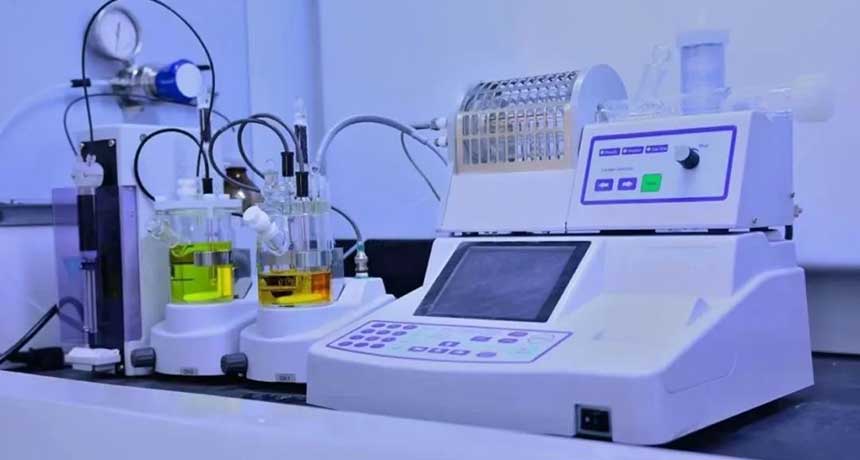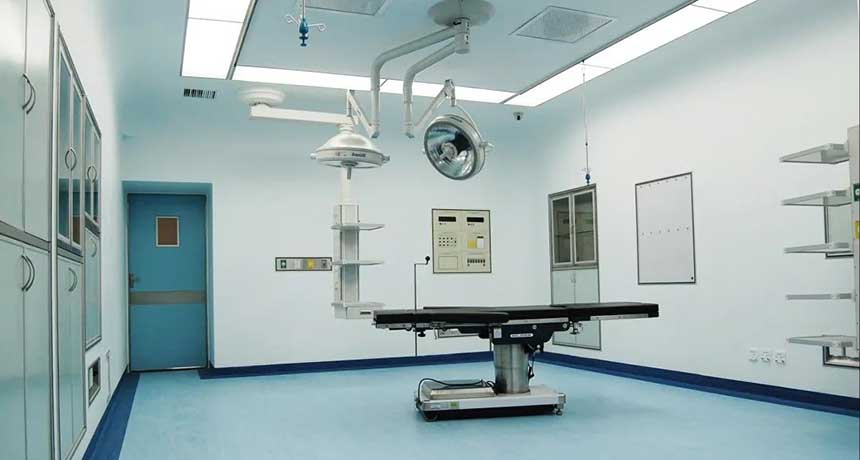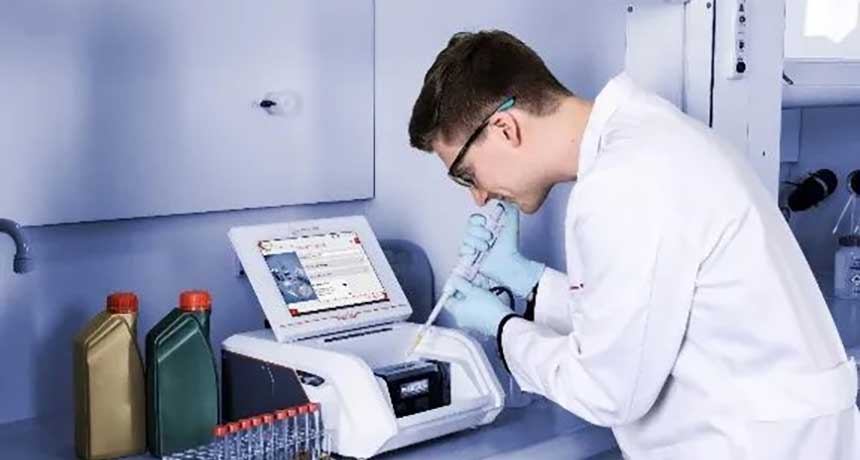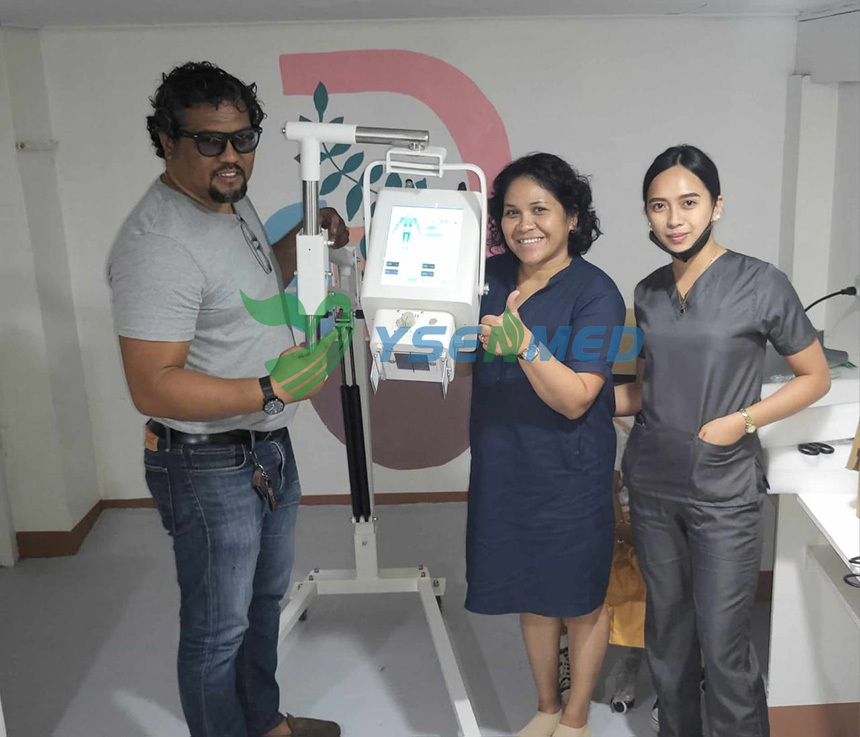In the medical field,
pathology equipment stands as a cornerstone in diagnosing and understanding various diseases. Ensuring the seamless operation of these instruments is critical for accurate diagnosis and treatment planning. Here are essential operating points and routine maintenance guidelines for commonly used pathology equipment:
1. Can you share the dyeing process and the time of each step?
answer:
Hematoxylin configuration method:
a. Dissolve 10 grams of hematoxylin + 100 ml of absolute ethanol
b. Mix 100 grams of potassium aluminum sulfate + 1750ml of water.
c. Pour liquid 1 into liquid 2 and mix well. Add 0.8 grams of sodium iodate. Dissolve it completely and let it sit for 8-12 hours. Remove the oxide film.
d. Add 100ml of glycerol and 50ml of glacial acetic acid, stir thoroughly, and leave for 3-4 days before use.
Slice→bake for 5-10 minutes→stain for 30-45 minutes→mount the slides
Dyeing procedure: 3 lanes of xylene for 5 minutes each → 4 lanes of alcohol for 1 minute each → 1 minute for water → 10 minutes for hematoxylin → 30 seconds for water → 30 seconds for acid alcohol → 1 minute for water → 1 minute for ammonia → 1 minute for water → 30 seconds for eosin Seconds → 1 minute for water → 30 seconds each for 2 alcohol lanes → 1 minute each for 2 alcohol lanes → 1 minute each for 3 xylene lanes
2. What’s wrong with the wax slices that are not flat and curled when slicing?
Answer: There are several possibilities for wax curling:
a. The knife is not sharp and needs to be replaced.
b. The wax block is not cool and needs to be placed on a cold table to cool down.
c. Check what kind of tissue it is. Is it fat or other tissue? It is poorly dehydrated and needs to be frozen and then cut into thick sections.
d. Is the angle of the tool holder correct?
It depends on the situation of your wax block, whether it is frequent or occasional; whether it is an exception or common.
3. How is the threshold for replacing dehydration reagent calculated? How often should a paraffin tank be replaced? Or how many wax blocks to replace after
Answer: This is mainly set according to the situation of your own unit. Generally, you can slowly figure it out based on your own organizational situation. You can refer to the previous discussion by many teachers about the problem of the reagent replacement threshold of the dehydrator. You can refer to it comprehensively and make appropriate adjustments according to your own situation.
Generally, paraffin wax is replaced according to the number of wax-impregnated blocks, and is replaced every 3,000 blocks.
4. Can the microtome be calibrated? How to calibrate?
Answer: The microtome can be calibrated, but it is not recommended to adjust it yourself. You can call for maintenance and an engineer will calibrate it for you.
5. Will the film dry out after the automatic dyeing machine finishes dyeing it and seals it?
Answer: It depends on whether you use an all-in-one dyeing and sealing machine or a split machine. The all-in-one dyeing and sealing machine does not have this problem. It automatically sends the slides to sealing after dyeing. For split machines, this problem may occur if the transfer from the dyeing machine to the sealing machine is not timely. If this situation is likely to occur in your unit, you can put xylene in the unloading tank so that this situation will not occur.
6. How long should I soak in xylene before wet sealing?
Answer: 3 courses of xylene, 1 minute each.
7. What are the possible causes of uneven slice thickness?
answer:
a. The tissue is too hard or too tough, such as cervical tissue, uterine fibroid tissue, etc.
b. The locking rods of some parts of the machine are not locked
c. There are wax chips inside the knife holder and they are not cleaned in time.
d. The wax block box is not clamped and the wax block chuck is not tightened.
If these conditions are ruled out, you might as well ask an engineer to come to maintain and inspect your machine.
8. There are gaps in the wax block embedding mold that are not filled with wax. What’s going on?
Answer: Reason analysis - the first time you injected wax into the embedding base mold, it was not full. When you injected wax again after placing the tissue, the wax flow rate was too fast and the air could not be discharged in time; or when you injected wax again, The cassette cooled, and the small holes were blocked by solidified wax, resulting in paraffin failure to be re-injected.
Solution:
a. Fill the paraffin-embedded bottom mold with one-time filling, and then place the tissue;
b. Slow down the wax flow rate from the wax injection port, and inject the secondary wax slowly to facilitate the discharge of air bubbles;
c. Prevent the paraffin on the embedding box from solidifying
9. Can the chuck be wiped with xylene?
Answer: The microtome can be wiped with xylene, but considering that xylene is harmful to the human body, it is recommended not to use it as much as possible. Wax removers work well, you can try them.
10. How should the waste wax tank of the microtome be cleaned?
Answer: First use a brush to clean the wax debris, then spray wax remover, let it sit for 1-2 minutes, and then wipe it clean with gauze or soft cloth.
Regular maintenance and adherence to proper operating procedures are paramount to ensure the accuracy and reliability of
pathology equipment. Compliance with manufacturer guidelines, routine inspections, and a proactive maintenance schedule contribute significantly to the longevity and efficacy of these crucial diagnostic tools.






